Conventional aquaculture includes raising aquatic water animals like snails, crayfish, various fish types, crayfish, shrimp or prawns in tanks using a hydroponic system.
Aquaponics takes aquaculture to the next level by hydroponically cultivating plants in water in a highly symbiotic environment.
The beauty of aquaponics is in the symbiotic relationship between all of the organisms within the aquaponic environment. The aquatic animals and other farmed fish supply crucial nutrients the hydroponic plants need, while the plants provide nutrients for the fish and purify the water for the entire system.
In a traditional backyard fish farming pond, serious challenges arise with regard to sustainability and water filtration. Costs rise rapidly as the necessity of purchasing expensive, professional water filtration systems, then maintaining and regularly replacing and upgrading these systems.
Most first time aquaponic advocates quickly discover that growing plants and vegetables using aquaponic water yields remarkable results. Plants grow much faster than before, and taste much better and more pure than ever.
Aquaponic farming systems are the perfect solution for truly healthy, truly organic food production. Through aquaponics, you produce fresh, organic fish and vegetables that grow faster and taste better. Aquaponic farming systems are easy to build, simple to maintain and affordable to keep up.
These systems require 60% less space than that of traditional farming, and they require 90% less water than traditional farming – but the benefits don’t stop there!
Should you decide to expand your aquaponic system and turn it into a profitable business, your aquaponic farming system is easily expandable for commercial use. These systems are highly sustainable and the most eco-friendly way to produce truly healthy and organic food. Your income from your aquaponic system is two fold, as you’re able to produce both fish and vegetables!
Your aquaponic system also offers you a highly efficient way to produce products that are out of season – this is because with an aquaponic system, you’re growing any time of year, in any weather, and in absolutely any location you desire. Since you’re growing your ecosystem indoors, the aggravation of pests and even weeding are eliminated completely!
Because aquaponic system grow lights are hung vertically, both sides of the light are used making the lights twice as efficient since they are encouraging growth in several areas of the plants instead of the standard one area only.
Aquaponic Environmental Benefits
Crucial Water Conservation: Because Aquaponics requires 90% less water than traditional water used in farming, water nutrients are recycled through a closed-loop method which greatly conserves valuable water.
Protection of Our Lakes and Rivers: Since no harmful fertilizers and chemicals runoff into the watershed, aquaponics far outweighs the methods used by traditional farming. In typical farms, massive amounts of fertilizers, pesticides and chemicals must be used.
Those excess toxins eventually make their way into our lakes, rivers and waterways resulting in countless harmful side effects and water contamination.
Fuel Conservation: Aquaponic produce and fish travel less than five miles from the farm to the consumer, significantly reducing the amount of necessary “Food Miles.” Serving only the local communities greatly reduces harmful, toxic gas emissions and fuel waste.
Valuable Energy Conservation: Even with the use of grow lights in aquaponic farming systems, less energy is used than the amount used in conventional commercial farming systems.
An even more encouraging fact is that although electri can be used to power aquaponic systems, alternative energy methods such as hydroelectric, solar power, and wind power are all methods available for use in powering aquaponic farms.
Valuable Land Conservation: Aquaponic systems grow six times the amount of produce in on square foot than that of traditional farming. Additionally, by utilizing abandoned warehouses as grow houses, structures that already exist are put to good use, saving massive amounts of energy, money, and countless other valuable resources.
Health and Nutrition Benefits: Aquaponic fertilizer comes from cold blooded fish. These fish do not carry the toxic and even deadly E.coli or Salmonella contained in warm blooded animals grown in traditional fertilizers. Healthily grown aquaponic farmed fish are the quickest converter of plant proteins to animal proteins.
Aquaponically grown fish have zero growth hormones, contain no mercury, contain no antibiotics and no Polychlorinated biphenyls (PCBs). PCBs are highly toxic industrial compounds that build up fatty tissues in fish and other animals in high concentrations. PCBs pose very serious health risks to people who consume contaminated fish frequently.
Fun for the whole family: We live in such an astounding and technology driven world. It seems kids of all ages are much more interested in holding and staring at electronic gadgets, video games, ipads, smartphones, TVs and computers.
Seemingly, and sadly, the days of getting outdoors, riding bikes around the neighborhood, climbing trees, and exploring the world are slowly fading away. Lessons in science are taught only in a classroom, rarely in a hands-on way and even more rarely in a way that children will remember the lessons forever.
Aquaponics systems are a game changer. Instead of watching a science show on television, or reading about it in a book, kids get the irreplaceable reward of hands on learning about the way vegetation and marine life are vital to each other’s survival.
Every day, they get to watch the progress happen right in front of their eyes, like their very own reality show! Plus, they get to enjoy the delicious fruits, veggies and fish grown in a self contained, minimal servicing contained system.
When your child chooses their favorite varieties of vegetables and fruits, plant the seeds, then watch the progress while the food is grown and harvested, the rewards and experience beat any electronic device, hands down. What fun!
Build a family business: One day, you might decide to take your aquaponic system even further and develop a commercial aquaponic farming system. Imagine the fun your entire family will have working together to develop a profitable business that requires much less labor than traditional farming and produces much higher quality products!
Creative Aquaponic System options are Endless: From your desktop to your table top, wall gardens, rooftops, sexy shelfponics, and even metropolitan bathtub style – the ideas and options are endless. Your aquaponic system can be created indoors or outdoors and in every style imaginable.
Metropolitan bathtub style aquaponic farming systems are far from unattractive or heavy to build. This aquaponic style is among the best of the best backyard aquaponic systems. The system looks amazing, is highly economical and will come as a complete surprise when you see the finished product.
First, dig a simple pond from the soil, where, after water accumulates, the bathtub acts as your growing bed. You’ll have a drainage system that links the bathtub and the pond together!
Sexy Shelfponic systems – Limited garden space? How about a fantastic indoor aquaponics system that looks gorgeous in lounging spaces or even in the kitchen! Shelfponic systems are so named for their ability to include a four or even five level aquaponic system according to your desires and needs.
Desktop Aquaponic System – For less than $200, you can build a simple desktop system utilizing very little space in your home, but giving you the ability to grow great vegetables perfect for use in your cooking every day! The desktop system will have the same flood and drain hydroponic system but instead of using store bought fertilizers and nutrients, you’ll use fish waste to naturally provide nutrients to your plants.
A few words of caution:
Never use water from a saltwater fish tank. The salt in the water will kill your plants. Additionally, if there are added chemical PH adjusters or fish medications you’ve added to your aquarium, completely discard the water and and never use it on any of your plants.
If your fish tank has not been cleaned in over a month, use water sparingly, as too much water will overfeed and burn your plants.
The next time you clean your fish bowl of fish tank, save the already used water for your house and garden plants once a week. The results and money savings will amaze you.
Fish Stress in Aquaponics
Aquaponic systems run fairly smoothly, with minimal supervision needed. The fish are happy and the seedlings are all planted beginning a perfectly balanced food production system. Unfortunately, however, things go wrong and lead to sudden fish deaths.
One day the fish look flourishing and happy and the next day, you see dead fish. So, what’s the underlying cause of their sudden demise? Well, it may not be just one cause, but several. Mainly, stress.
Fish stress is reduced and even eliminated by paying close attention to a few factors:
Water filtration – watch for high levels of water impurities that show up as cloudy or murky coloured water with a frothy substance on the water surface. This is usually caused by overfeeding. Stop feeding the fish, smell the water for unusual smells, remove uneaten food from the bottom of the tank and do a partial water change
Water Temperature Because different types of fish require slightly different water temperatures and conditions, try to keep water temperature moderated and prevent sudden temperature changes.
Handling Fish Keep the stress to your fish at a minimum by resisting the desire to regularly net your fish to show them off. Leave them undisturbed and allowed to feel safe at the tank’s back. Never handle them more than necessary and always use the proper net to avoid the fish from being gilled or snared.


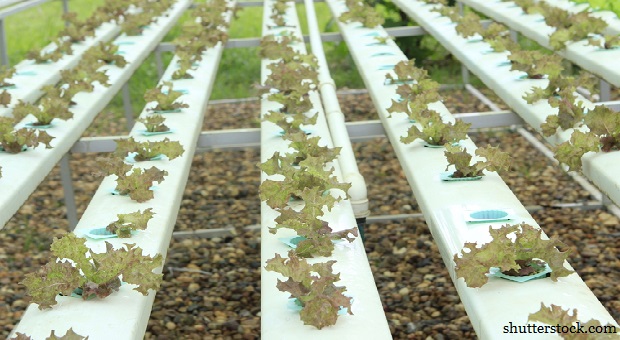

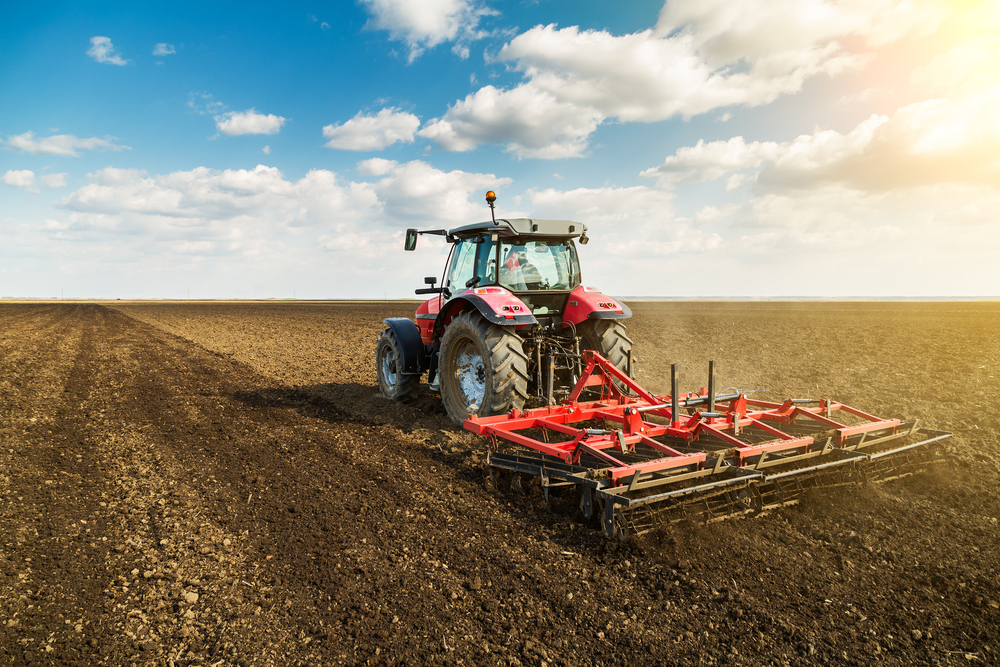
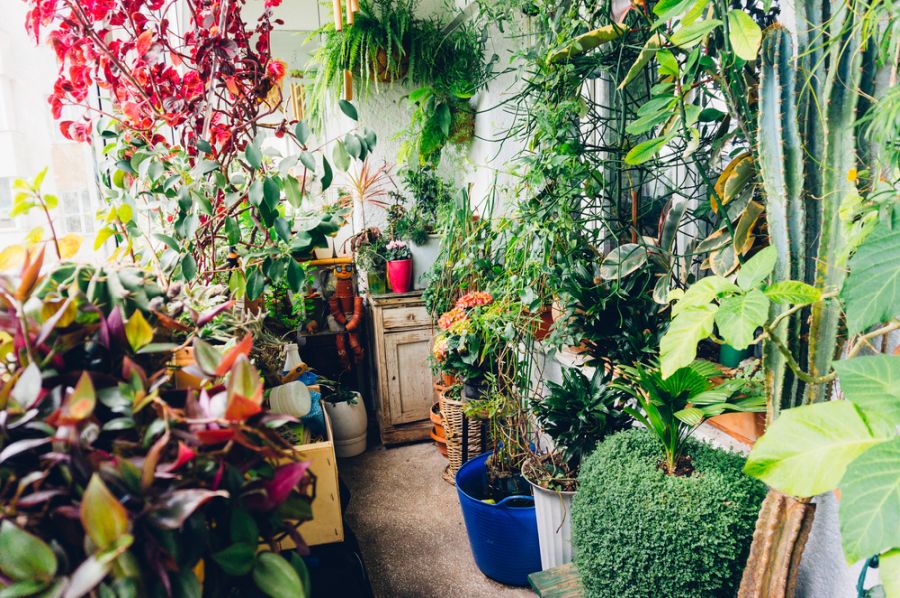
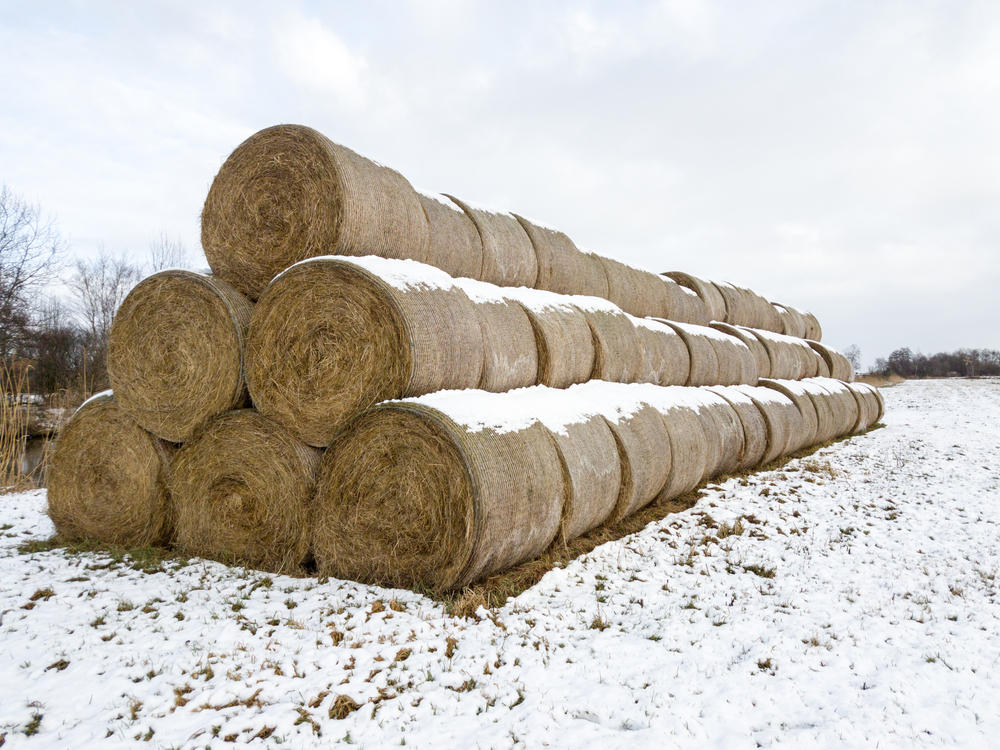
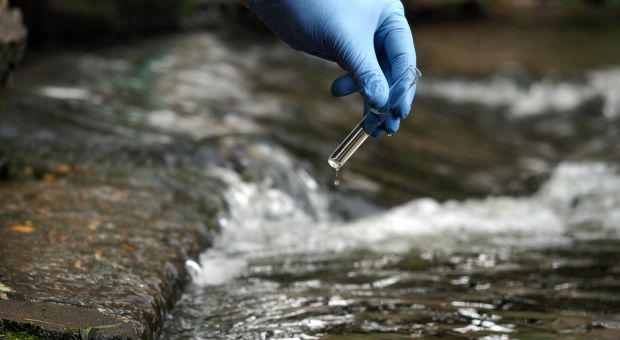

Barbara Peterson | April 8, 2018
|
What about the nutrition value of the plants. Plants pull vitamins and minerals from the soil. What do aquaphonics plants do? Also what do you feed the fish? Pellet food has problems too with GMO’s and an unnatural diet.
chanse | April 9, 2018
|
There are organic, non-gmo fish foods out there, they are just a little more expensive. The vitamins and minerals come from the food you feed your fish, the fish “process” the food into ammonia, then the bacteria that grows on your media converts the ammonia into nitrates and nitrates, then the plants suck those up cleaning the water for the fish. If you don’t eat fish you can grow ornamental fish like koi and sell them. Most people use either tilapia or a fish local to their area so they are bred for the climate in which you have your system.
jake | April 11, 2018
|
these are very interesting things!
Scott | April 14, 2018
|
For an award winning author there sure were a lot of typos! Anyhoo, seems anytime I see an article on aquaponics it invariably includes a picture of leaf lettuce being grown. Anyone have success growing squash, potatoes or even corn with these systems?
chad | June 13, 2018
|
I too think there are limitations to what would be grown, especially potatoes, but would love to know more about plant diversity. On the bright side I currently grow duckweed in a patio container which is very hardy and serves as an excellent source of food for my decorative goldfish pond.